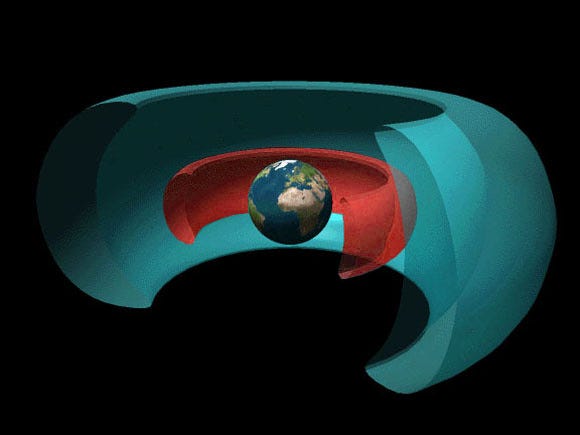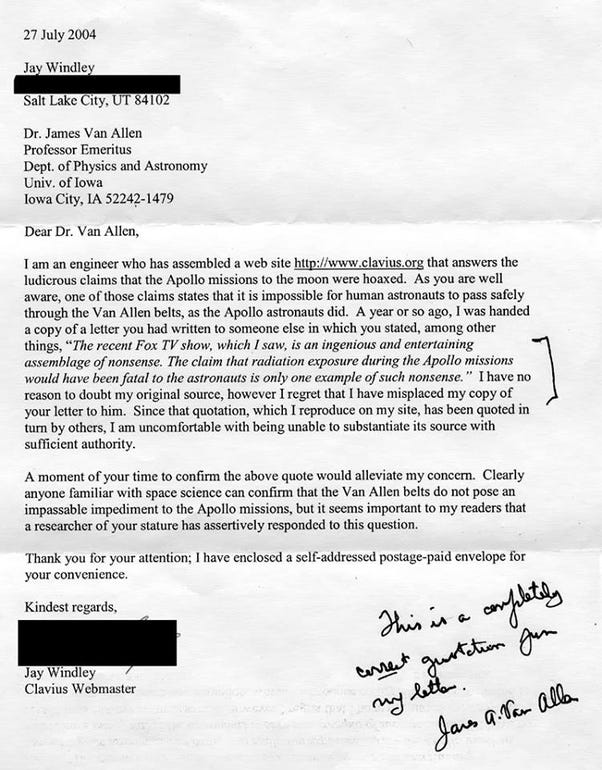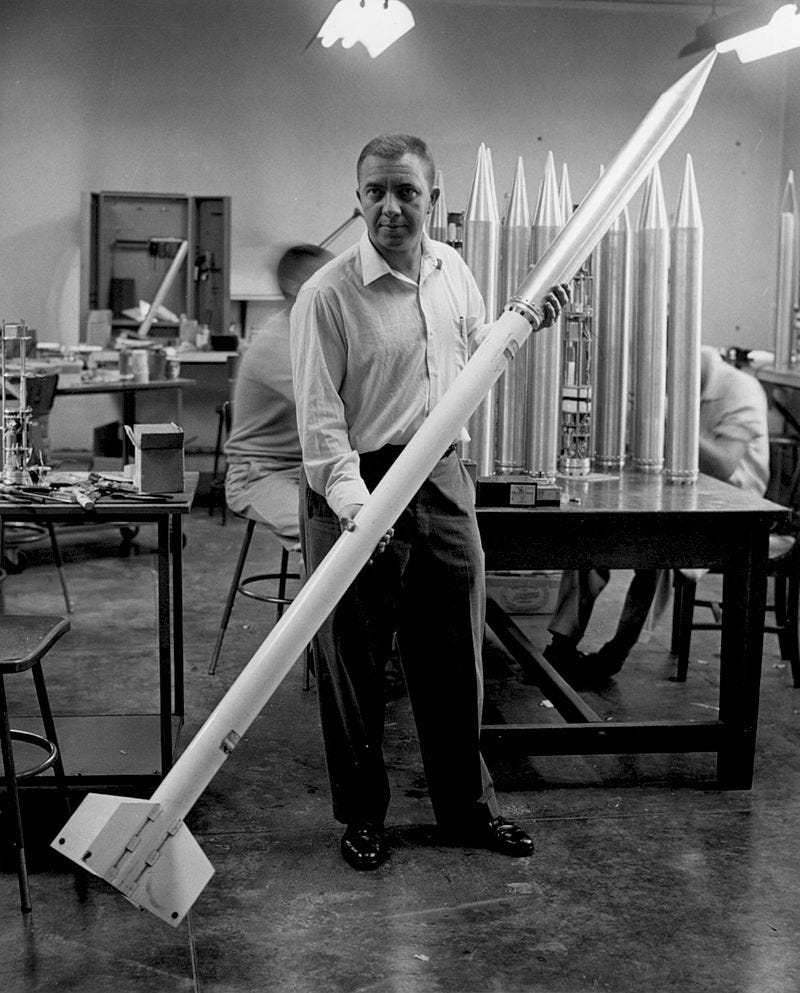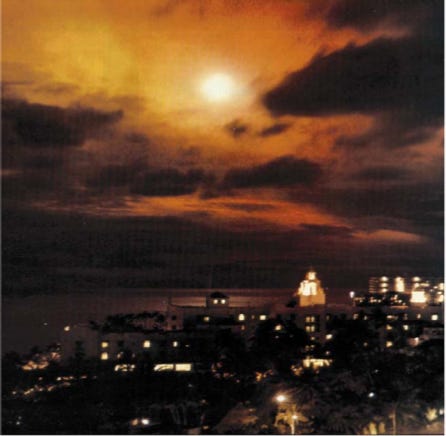Van Allen Radiation Belt: The Invisible Shield
Could this have killed the astronauts?
The Van Allen radiation belts are a fascinating feature of Earth's magnetosphere, acting as a protective barrier from cosmic rays and solar particles. Named after their discoverer, James Van Allen, these belts comprise highly energetic charged particles that are trapped by the Earth's magnetic field.
In this article, we will explore the discovery, composition, and impact on Earth and living organisms, the challenges faced by spacecraft transiting to the moon, and the ingenious ways in which spacesuits and spacecraft are designed to withstand these harsh conditions.
Discovery
The first hint of a radiation belt came in 1957 when Sputnik 2 detected the Earth's outer radiation belt in the far northern latitudes, but researchers did not immediately realize the significance of the elevated radiation because Sputnik 2 passed through the Van Allen belt too far out of range of the Soviet tracking stations.
In 1958, the United States launched the Explorer 1 satellite. James Alfred Van Allen, an American space scientist, used the Geiger-Müller tube to measure cosmic rays. Data from this instrument revealed the existence of regions of increased particle intensity surrounding the Earth, leading to the discovery of radiation belts which was later named after him. This was reconfirmed in the Explorer 3 mission. (Explorer 2 spacecraft was unable to reach orbit due to a failure in the launch vehicle during launch.)
What is it exactly?
The Van Allen radiation belts are primarily composed of high-energy protons and electrons. These charged particles are captured by the Earth's magnetic field from the solar wind and cosmic rays. The inner belt contains high concentrations of electrons in the range of hundreds of keV and energetic protons with energies exceeding 100 MeV, while the outer belt consists mainly of high-energy (0.1–10 MeV) electrons.
The gap between the inner and outer Van Allen belts is sometimes called the "safe zone" or "safe slot", and is the location of medium Earth orbits.

How is it formed?
Both the inner and outer belts are believed to be formed from different processes. The inner belt gets its energetic protons from the result of cosmic ray collisions in the upper atmosphere while the outer belt gets its energetic electrons from the geomagnetic storms — a major disturbance in Earth's magnetosphere due to its interaction with Solar Wind.

Impact on Space Travel
When spacecraft venture beyond low Earth orbit, they enter the region encompassed by the Van Allen radiation belts. Beyond these belts, they encounter additional risks from cosmic rays and solar particle events. There exists a "safe zone" between the inner and outer Van Allen belts, situated at 2 to 4 Earth radii from our planet's surface.
Radiation poses a threat to various spacecraft components, including solar cells, integrated circuits, and sensors. Electronic components can be damaged during geomagnetic storms that occasionally occur in space. The advancement of technology with miniaturization and digitization has made satellites more susceptible to radiation since the charge in electronic circuits is now comparable to that of incoming ions.
To ensure reliable operation, satellite electronics must be hardened against radiation. Another method, often used by the Hubble Space Telescope, is to switch off its sensors when traversing regions of intense radiation.
Impact on Apollo Missions
During the Apollo missions, humans traversed the Van Allen belts for the first time, and radiation hazards were well-known to mission planners. However, once outside Earth's magnetic field, astronauts' primary exposure was from solar particles.
The overall radiation exposure for astronauts varied from one mission to another, ranging between 0.16 and 1.14 rem. This amount is considerably lower than the 5 rem per year standard set by the United States Atomic Energy Commission for those working with radioactivity.

Artificial Radiation Belts
As if the trouble caused by the naturally occurring Van Allen radiation belts was not enough, we humans have also created a couple of radiation belts artificially. All due to high-altitude nuclear explosions conducted by USA and USSR.
One of these radiation belts named the Starfish Prime radiation belt had, by far, the greatest intensity and duration of any of the artificial radiation belts.
It damaged the United Kingdom Satellite Ariel 1 and the United States satellites, Traac, Transit 4B, Injun I, and Telstar I. It also damaged the Soviet satellite Cosmos V. All of these satellites failed completely within several months of the Starfish detonation in 1962.
Thankfully, the Partial Test Ban Treaty was passed in October 1963, banning Nuclear Weapon Tests in the Atmosphere, in Outer Space and Under Water.





